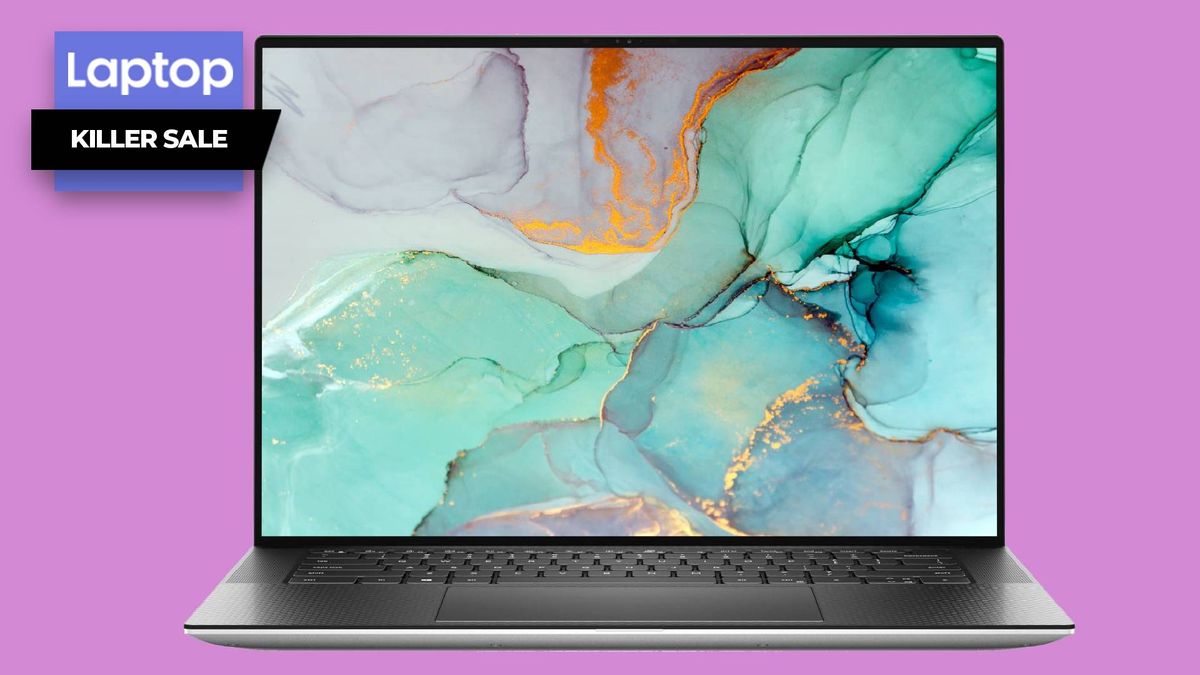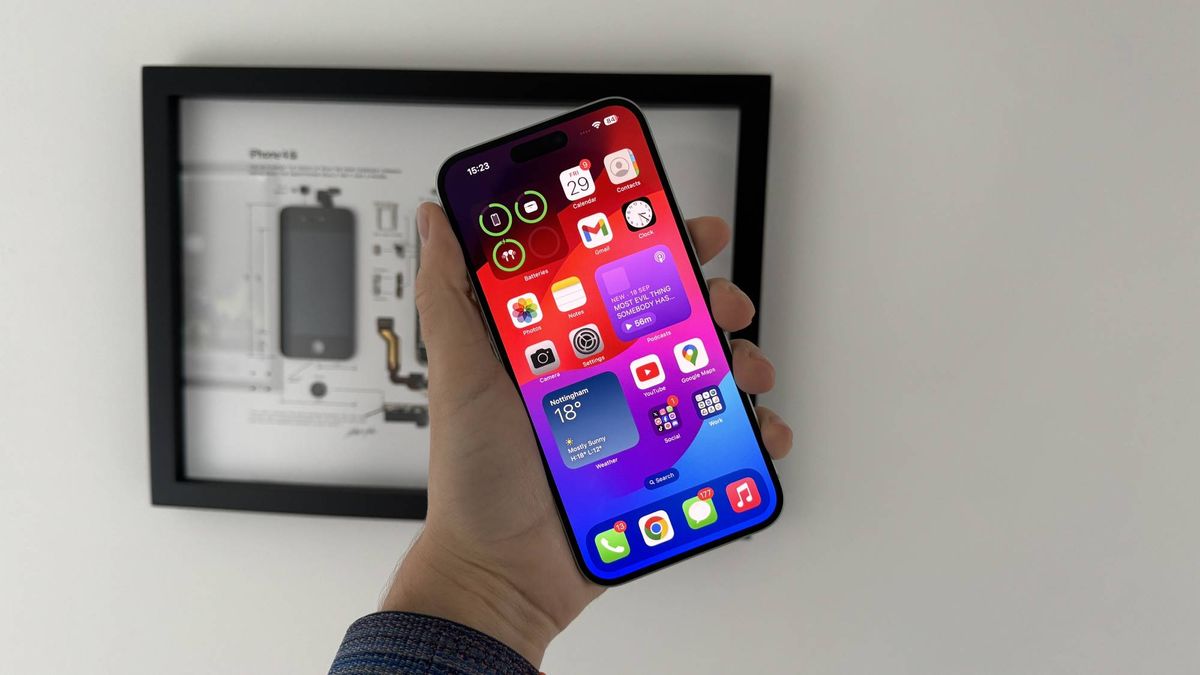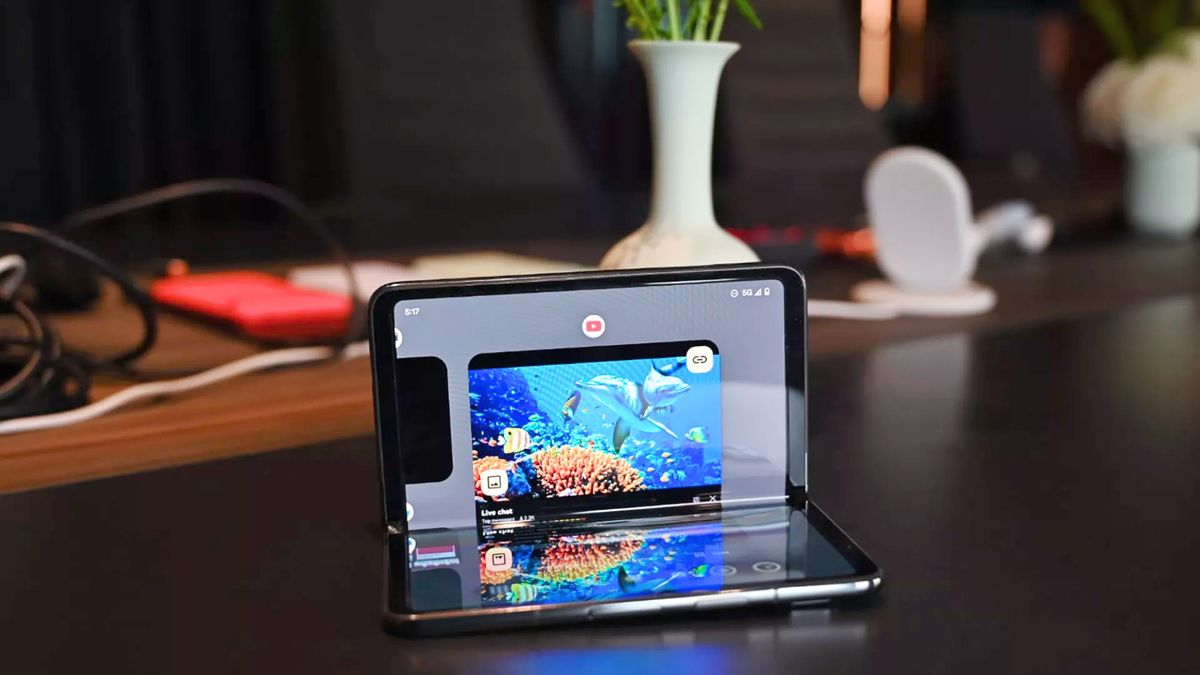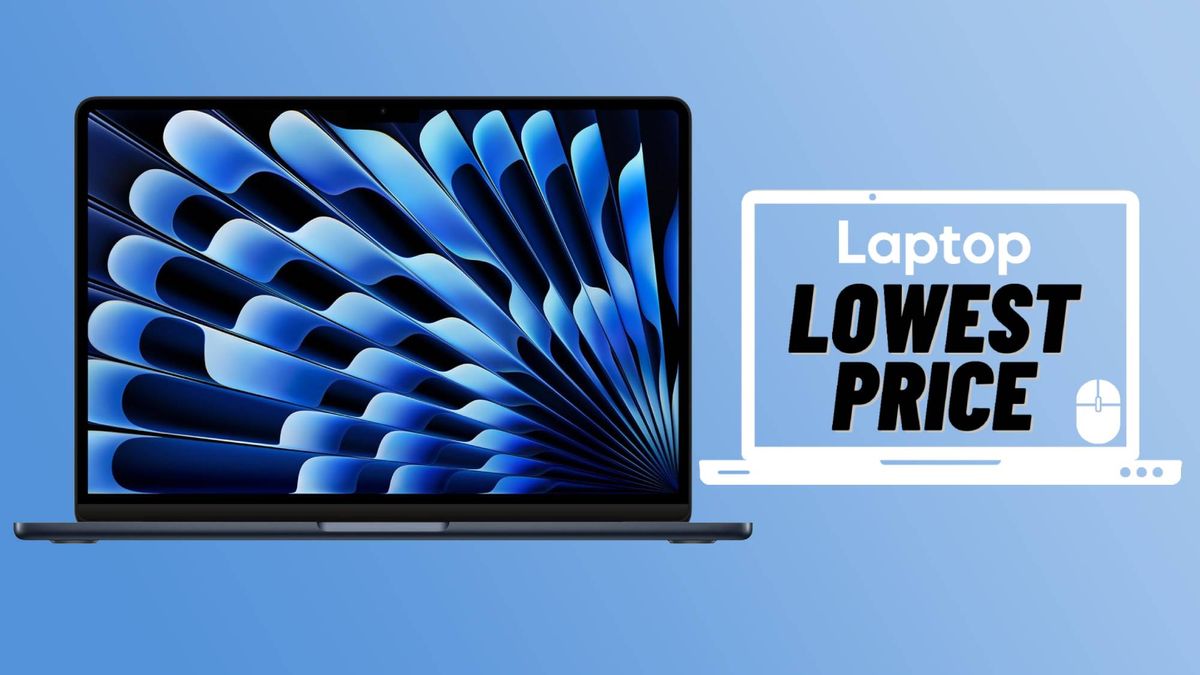

PHOTO:
wocintechchat.com
As organizations adapt to hybrid work, many leaders are wondering: What does the ideal workplace look like for both remote and in-office workers?
While we’ve come a long way since the start of the pandemic, employees expect more from their workplace than ever before. And because every organization is different, providing the best workplace takes knowing how your teams work and giving them what they need to be successful.
“Before the pandemic, the office was the default experience and you really had to push to convince leaders that you would thrive either working virtually full time, or having the flexibility that people now expect in the workplace,” said Brendan O’Neil, product marketing manager at Robin, a workplace platform that helps organizations manage hybrid work.
“However, over the last year and a half, everyone has learned that they have the capability to work virtually and can be very productive doing so. They’ve also seen the benefits that remote work brings to them personally.”
Robin is a sponsor of Simpler Media Group’s Summer Digital Workplace Experience (DWX) Conference, taking place online on July 15. O’Neil will present the session, “Show Me The Data: Workplace Trends & The Future of Work,” from 2:15 – 2:40 p.m. ET.
We spoke with O’Neil about some of the trends he sees as people make their way back to the office and how organizations can ensure that their workplace meets the needs of today’s hybrid workers.
Getting Employees Back to the Workplace
Simpler Media Group: What are some of the biggest obstacles organizations have faced when bringing people back into the workplace after COVID?
Brendan O’Neil: One of the biggest hurdles is that many work spaces are still fundamentally designed for a 2019 style of work. They might address health and safety concerns like distancing some desks and installing better HVAC systems, but the story of the office and why people go back is still written for the pre-pandemic world. That is, in-person as the default rather than distributed work.
Not only do organizations need to get people back into the habit of returning to the workplace, but they need to address pain points around commutes, childcare and flexible schedules. The office has to become a destination that’s going to empower people based on how they know they can work today. A lot of that comes down to the processes and tools they use.
SMG: What kinds of trends are you seeing with people returning to the workplace?
O’Neil: When the slow return to the office began, there were a lot of decrees that said people wouldn’t be going into the office on Mondays and Fridays. And while Friday attendance seems to be on point, Mondays are actually very popular. Tuesday, Wednesday and Thursday are the most popular days to come into the office, but Mondays are meeting-heavy for a lot of organizations. Some companies like to have team stand-ups and other meetings to help kick off the week.
It’s still early, but we’ve seen an acceleration in the return-to-office (RTO). This is regionally based, and a lot of the momentum we’re seeing is in North America, Australia and New Zealand. The data shows that people are coming into the office between one and two-and-a-half times per week. That may be trending upwards. In my presentation I’ll talk about the latest data.
We’re also following the employee bounce rate. Bounce rate is a term that’s used in marketing when someone comes to a website and immediately leaves. We’re doing that for offices. So, we can tell if employees are coming in once and then saying, “This isn’t for me.” There was a slight uptick in bounce rate for May and I’m interested to see if people are building the habitual motion of coming back to the office, or if they’re coming back and realizing that they prefer to work at home.
If you have a high bounce rate, that might be a symptom of having a 2019-style office that hasn’t become the destination your team needs. If it really does fit their needs, the office will become a more helpful and regular tool for employees.
Creating the Ideal Workplace Destination
SMG: What does the new workplace tech stack look like?
O’Neil: Only about one in 50 companies are using modern technology to improve the employee experience. Those that are using it to its full potential are seeing the benefits. One of the key feature sets that both communications and IT buyers look for in new workplace solutions is targeting.
When used the right way, targeting is where engagement takes off because it increases relevancy. However, what we’ve seen is communications professionals are scared to move forward. They go from using older methods to send blanket messages to using newer, modern methods to do the same thing.
That’s why it’s important for companies that want to provide their employees with targeted communications to start small with a couple of targeted audiences, see the value it provides, and then move on from there. Companies that have done this have seen the value pretty quickly, and they don’t go back.
SMG: How do analytics fit into ensuring your workplace meets employee needs?
O’Neil: One aspect of workplace analytics is the overall headcount of how busy the space is. Did 100 or 1,000 people come in today? Real estate is a significant investment and you want to make sure you’re allocating the right resources internally.
But teams work differently. So the interesting data we’re starting to surface is understanding how teams operate and the percentage of distributed versus physical teams. Using this data, you can determine the right amount of space for your teams. For example, let’s say half of your employees are engineers and the other half are sales, marketing, HR and support workers. If all of the engineers want to work remotely, that changes your entire workplace tech stack as far as what you need for equipment, types of collaboration areas and amenities.
Your workspace should be reflective of who’s actually using the space as opposed to traditionally stocking the space and hoping people adapt. That’s why 2021 feels very much like a momentum-building year, trying to re-establish the workplace as a tool for organizations, people, and teams. And in the following year, you can re-evaluate and get an understanding of what this means for your organization. These answers can be uncovered anecdotally from employee surveys, but there’s nothing better than seeing what happens in action within your office.
Breaking Away From the Office-First Environment
SMG: What’s your best advice for organizations that are trying to adapt their workplace for a hybrid workforce?
O’Neil: I don’t think any organization has the right template for everyone to use. It depends on what makes the most sense for your teams, what your teammates are telling you, and what’s best for the organization moving forward. I encourage you to continue having those conversations with your teammates, but to make sure you have your ear to the ground when it comes to how effective your efforts are and what they’re going to help your team accomplish. Because it’s not just about designing policies and guidelines. The best recipe starts with empowering your teams and adding in everything else that will help you meet your goals.
SMG: What are you most excited about when it comes to the digital workplace?
O’Neil: I get really excited by what our technology can do for teams, namely building more organizations that aren’t necessarily anchored to an office-only environment. I think people who had worked remotely in office-first organizations were really struggling and it wasn’t necessarily a fair deal.
If you dialed into a meeting and couldn’t hear anything, you didn’t really feel like you were part of the conversation. It seemed like those office-first organizations just tacked on digital elements, so I get really excited by raising the floor of what it means to have a digital workplace. One that’s built into how the company operates, and incorporates virtual capabilities as a part of every conversation, no matter where it happens — all while staying aligned with how people work.
Not only does this mean equitable access for really great conversations, work and collaboration for more people, but it also means that digital tools will be more effective for everyone, regardless of where they work. Even if you’re not at headquarters, it’s now easier than ever to have a level playing field when it comes to being seen, being heard and being a part of the conversation. Then that conversation becomes more about the ideas, knowledge and work instead of the “where.”
The events staff at Simpler Media Group, publisher of CMSWire and Reworked, work to inform our readers and community on our two conferences, the DX Summit and the Digital Workplace Experience. Find out everything you need to gear up for two of tech’s premiere events.







